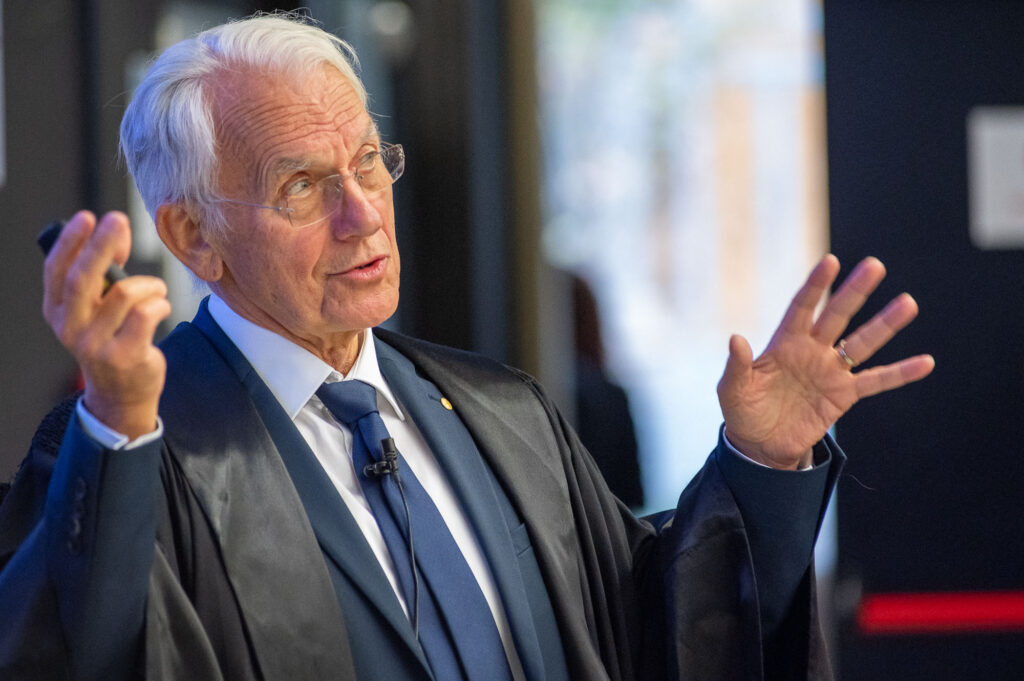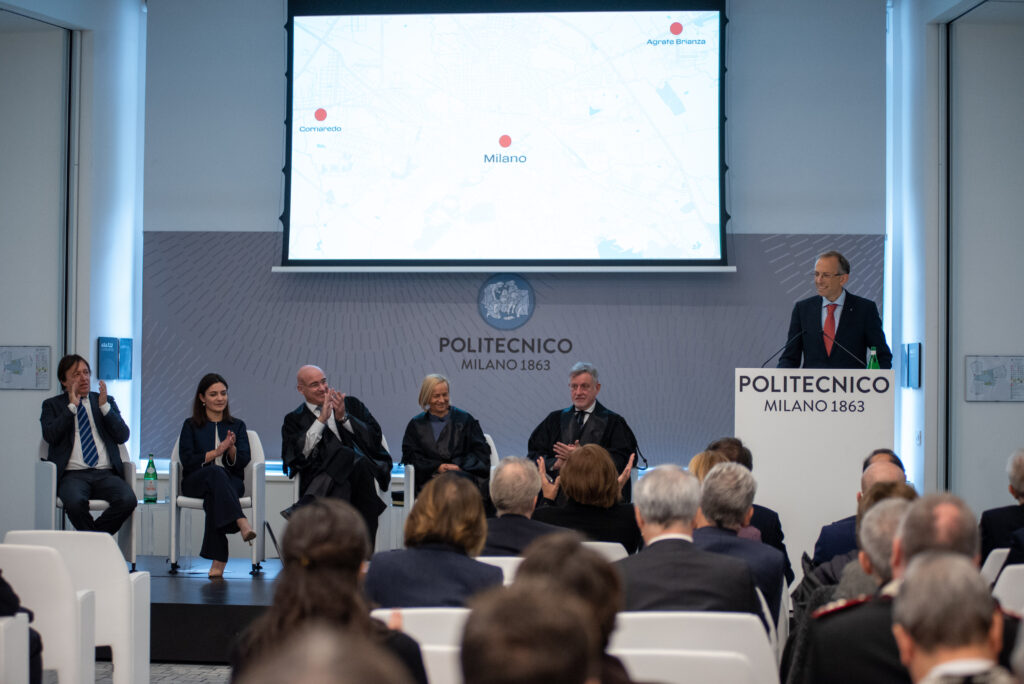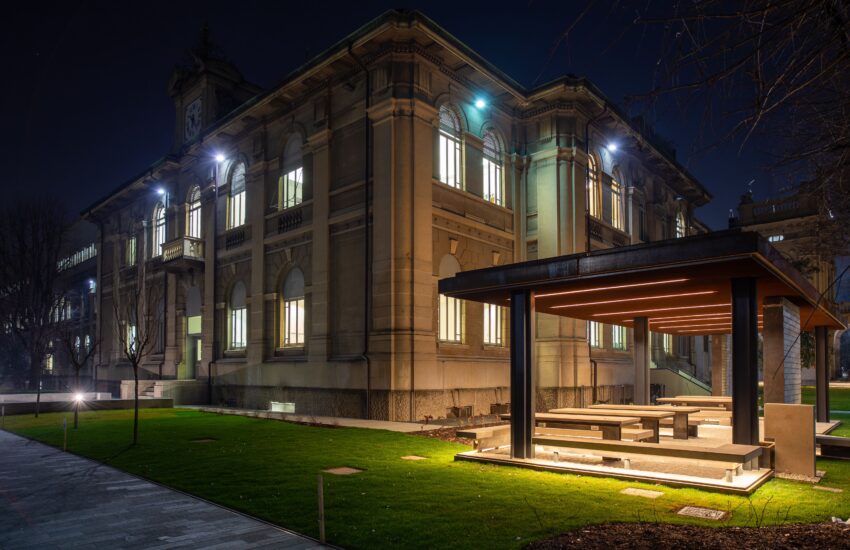“Logic takes you from A to B. Imagination takes you everywhere,” said Albert Einstein. How important is imagination in research? Certainly more than you might think. In fact, whilst it is true that science and research proceed by hypotheses verified by long periods of experimentation, it is also true that scientific history is dotted with visionaries who have imagined and verified theories that have revolutionized science.
This phenomenon is clearly described by the philosopher of science Thomas Kuhn, in his 1962 essay The Structure of Scientific Revolutions, in which he argues that progress consists of a normal phase followed by a revolutionary phase: a fairly long period of tranquillity, in which the experimental observations agree with the current theory accepted by the scientific community – the paradigm – which is then undermined by the appearance of experimental anomalies. If these anomalies become numerous and verified, a new paradigm must be developed, often completely revolutionary compared to the previous one.
Following Kuhn’s reasoning, the history of science is dotted with great visionaries who, combining imagination and scientific method, have overturned the paradigms. And with these stories we wish you a 2023 full of imagination.

Gérard Morou: a lesson in serendipity from the winner of the Nobel Prize for Physics
On 21 October, the Politecnico di Milano awarded the winner of the Nobel Prize for Physics, Gérard Morou, an honorary Master’s degree in Engineering Physics. A long career devoted to laser research, which began when this technology was still a very remote concept: “I love research because it leads to unexpected results. In the field of medicine, my research led to the development of photorefractive keratectomy, precision laser surgery to correct both myopia and astigmatism of the human eye. Well, this discovery was completely accidental, totally unplanned,” he told us at his graduation ceremony.
3D printing to understand the development of neurological disorders: research by Mattia Sponchioni
Researchers from the Politecnico di Milano and Humanitas University are investigating the molecular causes of the onset and development of Pitt-Hopkins syndrome, a disease that affects the neural system, by creating an in vitro model of the human cerebral cortex using 3D bioprinting of vascularised neural organoids (organ reproductions). The researchers engaged in this ambitious project include Mattia Sponchioni, a chemical engineer.
“Without a doubt, the common ground between my personal life and my work as a researcher is my curiosity, which, I have to admit, often translates as stubbornness in trying at all costs to understand the basic principles of engineering and chemistry that hide behind even the most everyday events and processes that come to mind,” he said in an interview in which he talked about his career and the development of this project.
PHOTONEWS

How to innovate with a lesson by Galileo
At the opening of the 160th academic year at the Politecnico, the CEO of Ferrari Benedetto Vigna gave a lectio magistralis on ‘Innovation and Scientific Method’. The Demonstrations by Galileo Galilei are still a source of inspiration for innovation and changing paradigms, questioning the status quo. Watch the full video.

Giorgo Coraluppi, the father of video calls
Not everybody will know that this important tool, which enabled us to cope with the lockdown by keeping in contact with colleagues and friends, has distant and unexpectedly Italian origins linked to the Politecnico di Milano. After graduating from Polimi, Giorgio Coraluppi founded a company in the United States, which went on to create an algorithm for NASA that simplified connections between Earth and the crews on board. A technology that paved the way for video calls as we know them today. We tell the story of his incredible adventure.
#IlPOLIMIrisponde – What are the new plant-based polymers and how do they work?
Over the past century, we have developed the technology needed to make products from plants. More recently, the direct approach of extracting biopolymers from biomass has been overtaken by chemical synthesis, with research by important figures, such as our Nobel Prize winner Giulio Natta.
However, a second strategy has emerged based on the idea of extracting biopolymers from plants, creating biopolymeric materials fully equivalent to conventional polymeric materials. This technology also opens up the field to the creation of completely new materials, capable, for example, of degrading in a controlled way in a controlled environment.
This technology also opens up the field to the creation of completely new materials, capable, for example, of degrading in a controlled way in a controlled environment.
Introducing us to the topic is Louis DeNardo, professor of Chemical Engineering.
December, time to take stock
This issue is our last newsletter of 2022. Thank you for reading and, pending the first issue of 2023, we leave you with the top 3 most popular articles this year:
Discovering LaBS with 8 young researchers
Sensors integrated in climbing equipment: from sports measurements to rehabilitation

